As an Amazon Associate I earn from qualifying purchases.
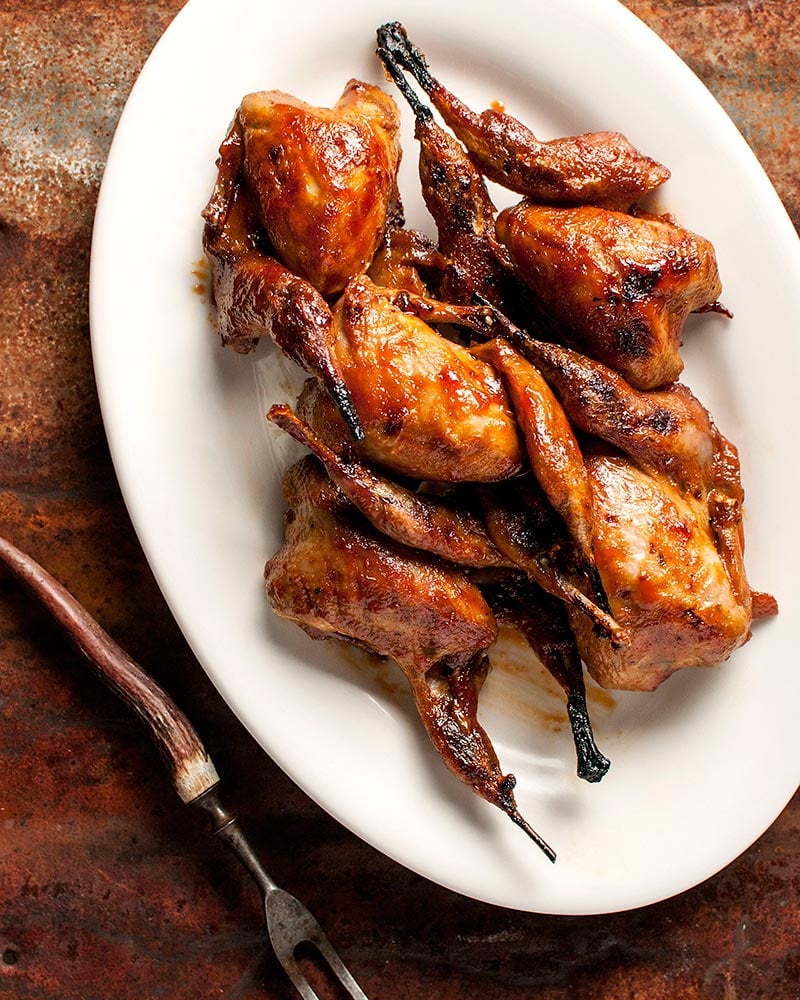
Barbecued quail, a/k/a BBQ Quail, will change the way you think about cooking quail.
Barbecue, as any self-respecting grill master knows, is slow, low, and smoky, not hot and fast. That’s grilling, and if you want that, here is my grilled quail recipe.
Basically this recipe is for slowly smoked quail — or partridges, small ruffed grouse, woodcock or yes, Cornish game hens — bathed in a Southwestern barbecue sauce that hinges on foods from the Sonoran Desert: chiles, sage, and either honey, prickly pear syrup or mesquite bean syrup. Oh, and there’s a little tequila in there for good measure.
I invented this sauce when I was on book tour for my first book, Hunt, Gather, Cook: Finding the Forgotten Feast, back in 2011. I was in Phoenix and was bumming around one of the food co-ops and saw all these cool products. The idea of a sauce just popped into my head.
I tinkered with it a little once I got back home, and started making it when I was back in Phoenix in 2012 for a sports show. I served grilled venison loin with this sauce on morning television. Not exactly a normal breakfast, but who cares? It was damn good. My friends at the Arizona Deer Association sure liked it.
Since then I’ve used this sauce on all sorts of things, ranging from wild hogs to chicken to pheasant, venison, duck and quail. I really like the idea of using it with quail because Arizona is such a great state for quail hunting.
Didn’t know that? Well look it up: Arizona has some of the best quail hunting in the country, and they have several unique species to chase, too, like the scaled quail and the Mearns quail.
I first designed this particular rendition of BBQ quail with this sauce for Quail Forever, which is the nation’s largest organization dedicated to restoring, maintaining and expanding quail habitat — if you’re a quail hunter, you ought to join them. I am a Life Member.
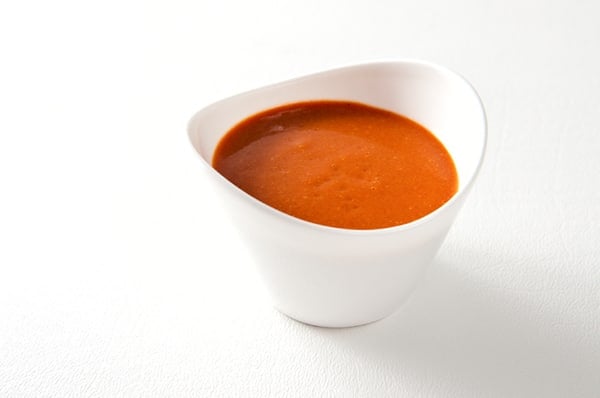
This is everything you want in barbecue: Sticky, sweet-and-sour, spicy, savory. It’s eat-with-your-hands food, and you will want to make lots and lots of quail for this recipe, as you’ll find people fighting over the last one.
And if by some freak of chance you have leftovers, they’re great cold, too. Now that’s a breakfast I can get behind.
BBQ Quail, Southwest Style
Ingredients
QUAIL
- 8 quail, backbones removed and flattened
- 3 tablespoons vegetable oil
BARBECUE SAUCE
- 4 tablespoons unsalted butter or lard
- 1/2 onion, grated
- 2 shots of tequila
- 1/2 cup honey, mesquite bean syrup, or prickly pear syrup
- 1/4 cup cider vinegar
- 1/2 cup chicken stock
- 1 tablespoon chopped sage
- 1 to 2 teaspoons ground dried hot chiles, or hot sauce to taste
- Salt to taste
Instructions
- Make the sauce first. Heat the butter or lard over medium heat, then add the grated onion and sauté until it turns translucent, about 3 to 4 minutes. Add the remaining sauce ingredients, stir well and simmer slowly for 30 minutes or more. I always pour the sauce into a blender and puree it, but you can serve it chunky if you want.
- Flatten the quail. Remove the backbones with kitchen shears by cutting along either side of the spine. Put the quail breast side up on a cutting board and press to flatten. If you want to be fancy, carefully snip out the ribs and the curved saber bones near the wishbone. Salt the quail and toss them in the vegetable oil.
- Grilling. Get your grill hot, but leave an open space with no coals, or with one gas burner left off. Lay your quails, breast side up, on the cool part of the grill and cook with the grill lid down for 10 minutes. Paint the breast side with the sauce, and repeat this two more times until you've cooked the quail for 30 minutes. Check the doneness, either by inserting a thermometer into the thickest part of the breast (it should read 150°F to 155°F), or by testing where the legs meet the thighs: They should want to come apart when wiggled, but not fall apart. You might need another 10 or even 20 more minutes to get to this point, depending on how hot your barbecue is.
- To finish. Turn the quail over and paint the cooked side with sauce. Grill the breast side for 2 minutes with the lid up, then turn over again and paint with the sauce one more time. Cover the grill and cook for a final 2 minutes. Take off the grill and paint with sauce one more time.
Nutrition
Nutrition information is automatically calculated, so should only be used as an approximation.
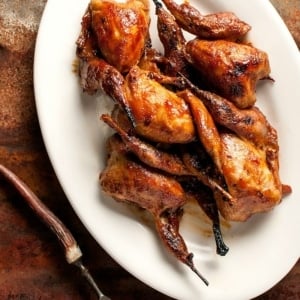
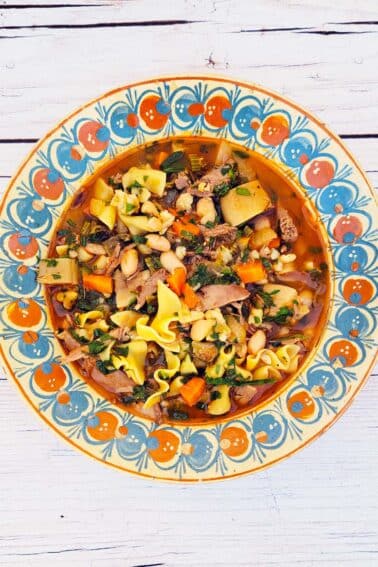
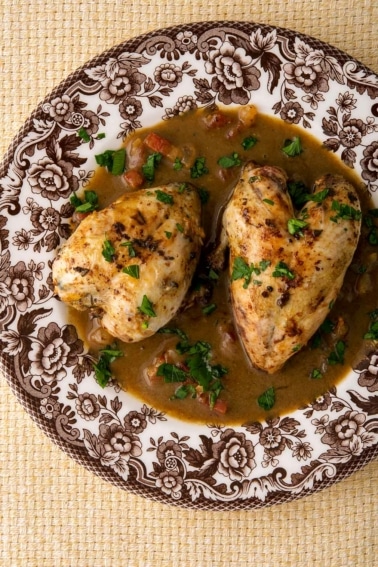
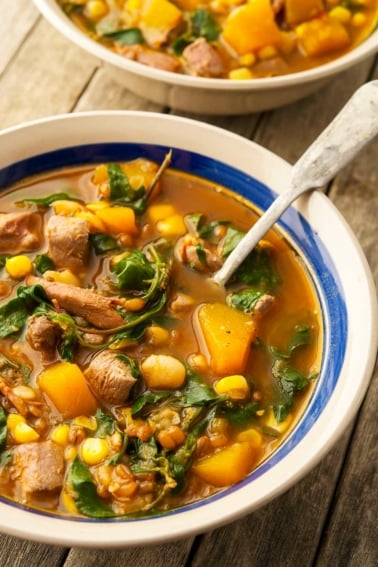
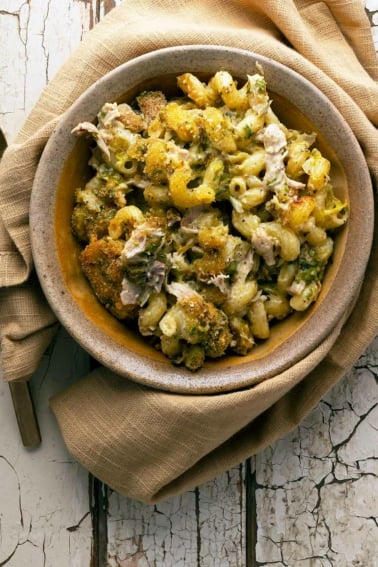
One of my favorite ways to make chukkar.
Tried this with valley quail, turned out fantastic even substituting honey and cayenne pepper.
What for sage? I’ve always wondered about using sagebrush. Artemesia Tridentata.
Charles: Not sagebrush, sage. Artemesia smell nice, and might be nice to put in the fire to get aroma, but they are horribly bitter. I use a salvia apiana.
one thing to be aware of with Mesquite pods, or any edible pea family actually, is that they contain pretty high levels of estrogen. we already do have a lot of extra estrogen in our environment and food supply, so just something to consider with the leguminous wild foods as well, for women AND men..
I have Japanese quail and am excited to try this recipe! Thanks.
I can’t wait for quail season to open…few things are better than hunting on a fall or winter morning outside Phoenix.
We’ll definately have to try this out once we bag a few.
Looking good! Anything with prickly pear syrup gives any game a unique SW flavor. Waiting for quail season to kick in here in AZ later in the year….
This quail looks amazing! I just picked up some Kentucky Sorghum the other day and I bet it would be a great adaptation in this!
Sounds amazing Hank! I don’t have any quail handy, but I bet this sauce will be great on some grilled chicken wings.
Andy.
No this is not produced by Honey Bees, but rather humans. Mesquite Honey, also known as Mesquite Syrup is made from the sweet bean pods that hang from the mesquite trees. I found recipes online that calls for 1 pound of whole mesquite bean pods to 4 quarts of water. Bring to a Boil for 10-30mins then reduce to low heat and simmer for up to 12 hrs. Then strain out the bean pods and continue to reduce the liquid until a syrup consistency is reached. The sites recommend using semi-green pods rather than brown/tan dried ones as the green ones contain more sweet sap than the dried ones? You can also buy the stuff online at cherisdesertharvest.com. I had never heard of the stuff either until mentioned here on Hank’s Blog. Next time I see a Mesquite Tree I will be inclined to try this. I also was unaware that the Mesquite Tree & Beans are very edible and high source of protein and was utilized by native American tribes in the desert south west as a major staple in their diet along with corn.
Hank,
A side of Texas “Mesquite Bean” Chili could be an interesting side dish to the delicious BBQ quail recipe above. Thanks for the post as always!
Guy
Hank, I have lots of mesquites, but I’ve not heard of mesquite bean honey. Is that from bees living around mesquites, or a subsauce in and of itself?